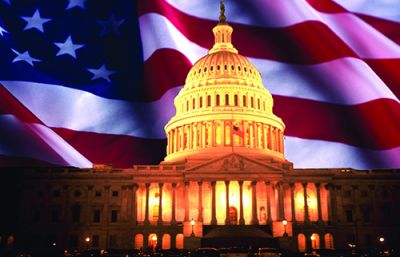NNA Member Alert: US Department of Labor imposes new salary requirements on many newspapers
Apr 23, 2024
Today, the U.S. Department of Labor announced a final ruling on extending mandatory overtime pay, increasing the salary threshold for employees who perform duties that classify them as exempt from overtime pay. The increases will come in two phases: on July 1, the minimum weekly salary will increase from $684 a week to $844 a week. On Jan. 1, 2025, that salary level will increase to $1,128/week.
For highly-compensated employees, the minimum levels will become $132,964 on July 1, and $151,164 on Jan. 1, 2025.
To be exempt from overtime pay after 40 hours a week, an employee generally must meet three tests:
- be paid a salary above the required levels, meaning that they are paid a predetermined and fixed amount that is not subject to reduction because of variations in the quality or quantity of work performed;
- be paid at least a specified weekly salary level; and
- primarily perform executive, administrative, or professional duties, as provided in the Department’s regulations.
Most community newspaper reporters do not meet any of the duty tests. Editors generally do not meet any of the duty tests unless they are supervising two or more full-time employees and have a primary duty of managing the enterprise. But for newspaper employees that do meet the duty tests, they could still be eligible for overtime if their salaries are below the newly-required levels.
Newspapers with under 4,000 circulation and operated independently (not as part of a group with shared responsibilities) are exempt from the Wage and Hour salary rules. Publishers of group newspapers should consult with their attorneys on whether their employees are considered exempt under the 4,000 circulation level.
The Labor Department also said that it intends to increase the salary levels every three years, with the next reset on July 1, 2027. It has established with the January 2025 increase a new standard for determining the exempt salary threshold. Previously, it had set that level at 20 percent of the average salaried worker’s compensation in the lowest economic region of the US—typically the US South. With the 2025 change, that level will become 35% of the average salary for those workers.
In previous years, when the Department has attempted to make dramatic changes in salary levels or to implement automatic increases, litigation by employer groups has stopped the new rules. Under President Obama, an increase of the weekly salary to $855 was attempted, but immediately halted by a federal judge in Texas, which ruled the Department lacked the authority to make such changes.
NNA Chair John Galer, publisher of The Journal-News in Hillsboro, Illinois, said, “At a time when newspapers are already struggling, this ruling will force the industry to cut out more jobs in order to survive.”
Final Rule: Restoring and Extending Overtime Protections | U.S. Department of Labor (dol.gov)









